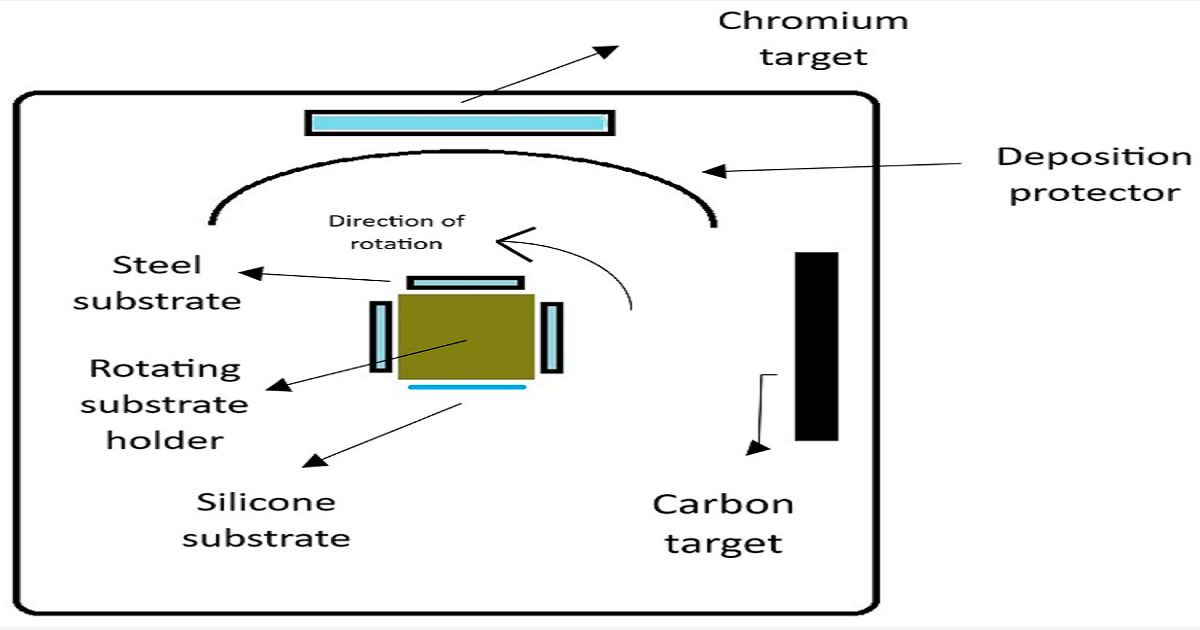Trends in Coatings and Surface Technology, 2nd Edition
A special issue of Coatings (ISSN 2079-6412). This special issue belongs to the section "Surface Characterization, Deposition and Modification".
Deadline for manuscript submissions: closed (10 May 2025) | Viewed by 36832

Special Issue Editor
Interests: coatings; tribology; ionic liquids
Special Issues, Collections and Topics in MDPI journals
Special Issue Information
Dear Colleagues,
Surface modification provides solutions to practical issues pertinent to tackling significant social difficulties. To name several of the trendiest uses, coatings are crucial for implementing biocompatible technologies, creating systems for sustainable energy generation, and cleaning up pollutants. They also help materials to resist damage and endure in harsh environments. There is an ongoing global research effort in both academia and industry to find novel coatings or coating structures for an ever-growing range of problems.
This new Special Issue of Coatings will include full papers, review articles, and communications from some of the most renowned researchers in the field with the aim of spotlighting some of the most fascinating challenges in coatings science and technology.
Potential topics include, but are not limited to, the following topics:
- Antimicrobial coatings;
- CO2 capture technologies;
- Batteries development;
- Sensors development;
- Protective coatings;
- Functional coatings;
- Hard coatings;
- Coating methods and technologies;
- Super-hydrophobic and self-cleaning coatings;
- Any other aspects of deposition/characterization of coatings and thin films.
Dr. Fábio Ferreira
Guest Editor
Manuscript Submission Information
Manuscripts should be submitted online at www.mdpi.com by registering and logging in to this website. Once you are registered, click here to go to the submission form. Manuscripts can be submitted until the deadline. All submissions that pass pre-check are peer-reviewed. Accepted papers will be published continuously in the journal (as soon as accepted) and will be listed together on the special issue website. Research articles, review articles as well as short communications are invited. For planned papers, a title and short abstract (about 100 words) can be sent to the Editorial Office for announcement on this website.
Submitted manuscripts should not have been published previously, nor be under consideration for publication elsewhere (except conference proceedings papers). All manuscripts are thoroughly refereed through a single-blind peer-review process. A guide for authors and other relevant information for submission of manuscripts is available on the Instructions for Authors page. Coatings is an international peer-reviewed open access monthly journal published by MDPI.
Please visit the Instructions for Authors page before submitting a manuscript. The Article Processing Charge (APC) for publication in this open access journal is 2600 CHF (Swiss Francs). Submitted papers should be well formatted and use good English. Authors may use MDPI's English editing service prior to publication or during author revisions.
Keywords
- coatings
- thin films
- surface engeneering
- sputtering
- HiPIMS
- material characterization
- tribology
- antimicrobial coatings
- CO2 capture
- batteries
Benefits of Publishing in a Special Issue
- Ease of navigation: Grouping papers by topic helps scholars navigate broad scope journals more efficiently.
- Greater discoverability: Special Issues support the reach and impact of scientific research. Articles in Special Issues are more discoverable and cited more frequently.
- Expansion of research network: Special Issues facilitate connections among authors, fostering scientific collaborations.
- External promotion: Articles in Special Issues are often promoted through the journal's social media, increasing their visibility.
- Reprint: MDPI Books provides the opportunity to republish successful Special Issues in book format, both online and in print.
Further information on MDPI's Special Issue policies can be found here.
Related Special Issue
- Trends in Coatings and Surface Technology, 3rd Edition in Coatings (2 articles)





